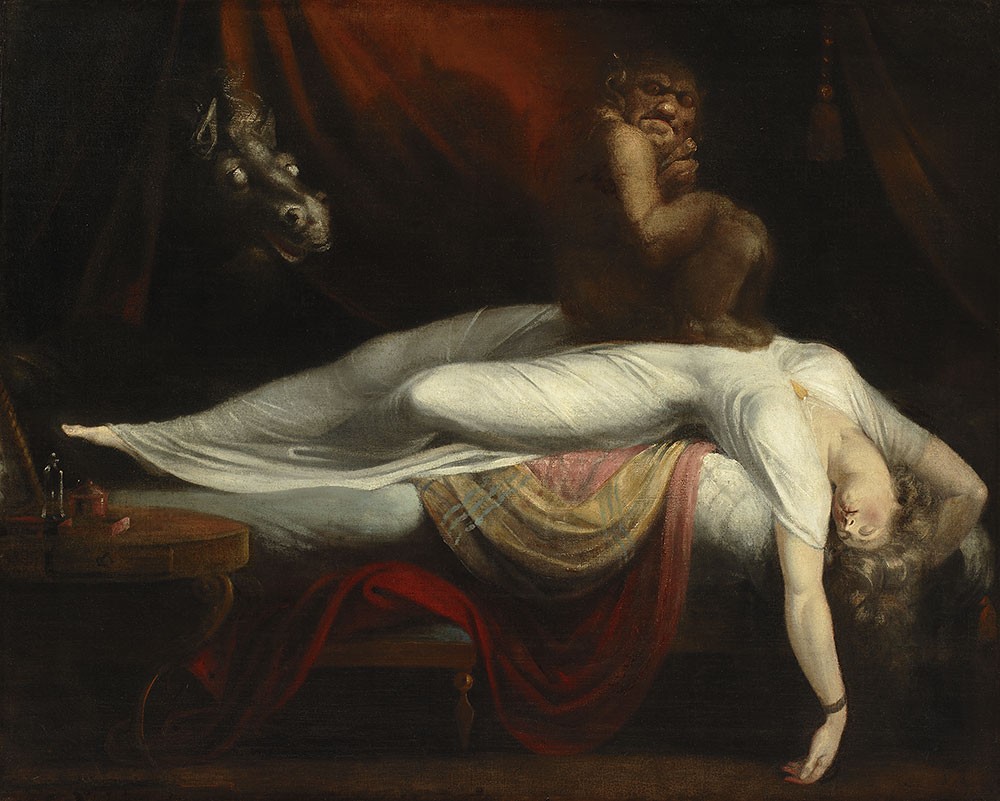By Elena Basati,
Illness isn’t simply a biological condition, or a malfunction of the body, it is a human experience shaped by language, culture, and personal perception. It becomes clear in the stillness of hospital waiting rooms, where time stretches and words like “battle” and “survivor” take on new, deeper meanings.
The body, once private, becomes a public spectacle — monitored, prodded, discussed. The metaphors and narratives surrounding illness don’t just describe; they shape how patients see themselves, how caregivers act, and how society responds. Language can bridge the gap between experience and understanding, or it can deepen feelings of isolation and misunderstanding. Exploring how words mold our perceptions of illness reveals both the dangers and the possibilities embedded in the ways we speak.

Language offers us metaphors to make sense of illness: we “fight” cancer, “battle” infections, or “succumb” to disease. These metaphors, drawn from war and conflict, suggest that the patient’s role is to resist, to wage a personal campaign against their body’s betrayal. This might be empowering for some people, but it can also be a burden for others. To “lose the battle” — what does that mean? Is there a lack of will? Susan Sontag argues that “the most truthful way of regarding illness is one most purified of, most resistant to, metaphoric thinking” , challenging these damaging presumptions. Metaphors, however, are difficult to ignore. They influence not only everyday speech but also how medical professionals describe illnesses, how families deal with them, and how the media presents illness and recovery. The patient becomes both a soldier and a battlefield when illness turns into a conflict, which can be more alienating than consoling.

Charlotte Delbo, reflecting on her hospitalization after surviving the Holocaust, captures the weight of bodily deterioration with stark clarity: “My body is a house whose walls are caving in”. This metaphor is about her body being a house collapsing, conveying a picture of vulnerability and loss. It describes the unsettling realization that a place you trusted and felt safe in has betrayed you. In Frankenstein, Mary Shelley’s creation laments, “I ought to be thy Adam, but I am the fallen angel”. His rejection is physical as well as social. His physical appearance becomes a representation of exclusion and otherness, mirroring how society views those whose bodies don’t fit the mold. Delbo and Shelley both reveal how the public’s image of disease and diversity can be shaped by metaphors of ruin, decay, or ugliness, frequently in ways that alienate individuals who are already suffering.
Pain resists language. It’s visceral, raw, and often beyond words. Elaine Scarry writes, “To have great pain is to have certainty; to hear that another person has pain is to have doubt”. Pain isolates because it’s internal and invisible. To communicate it, sufferers reach for comparisons—a burning fire, a stabbing knife— but these metaphors, while evocative, often fail to capture the full reality. What does it mean to live with pain that never ends, that transforms everyday movements into acts of endurance?
Words shape how we understand illness — sometimes clarifying, sometimes clouding. Metaphors like “battle” or “invasion” can oversimplify complex experiences, turning suffering into a contest of willpower. Sontag urges us to resist such reductions, to see illness without the distorting lens of metaphor. The challenge is to use it thoughtfully. Metaphors should illuminate rather than obscure, connect rather than alienate. In the end, illness is as much about bodies as it is about stories.
References
- Delbo, C. (1995). Days and memory (R. Lamont, Trans.). Northwestern University Press. (Original work published 1965)
- Plath, S. (1965). Ariel. Harper & Row.
- Scarry, E. (1985). The body in pain: The making and unmaking of the world. Oxford University Press.
- Shelley, M. W. (2003). Frankenstein; or, The modern Prometheus (1818 Text). Oxford University Press. (Original work published 1818)
- Sontag, S. (1978). Illness as metaphor. Farrar, Straus and Giroux.




